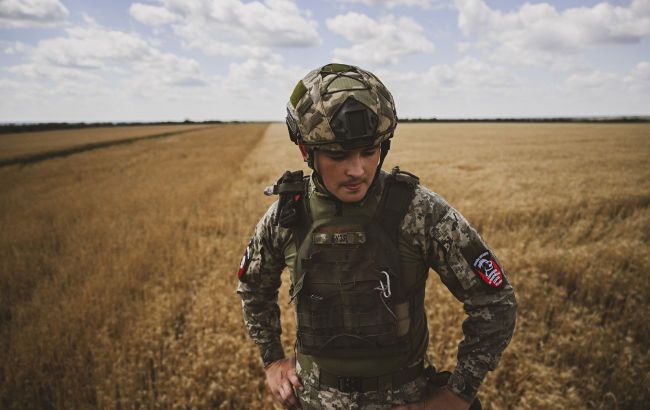Strategic shift: Expert reveals next defense lines after Vuhledar withdrawal
 Illustrative image (Getty Images)
Illustrative image (Getty Images)
There was no front collapse after the Defense Forces withdrew from Vuhledar, and there will not be one. Fighters may fall back closer to Kurakhove if the Russians continue to maintain pressure, the head of the Center for Military and Legal Research, Oleksandr Musiienko, stated in an article by RBC-Ukraine titled "No front collapse: Impact of Ukraine’s withdrawal from Vuhledar and cities now at risk."
"The front hasn’t collapsed, and I don’t think it will. The only thing to keep in mind is that if the enemy maintains this pressure, we may need to fall back closer to Kurakhove to hold new positions and try to halt Russia’s advance. Kurakhove will be a strong defensive redoubt," Musiienko said.
The expert added that the situation in the area is currently under control. However, it cannot be said that after the capture of Vuhledar, the Russians gained a strategic advantage to develop a rapid offensive operation.
Withdrawal of Ukrainian Forces from Vuhledar
Ukraine's Defense Forces officially confirmed they left Vuhledar on Wednesday, October 2. The enemy did everything possible to capture the city and, through flank attacks, significantly exhausted the Ukrainian forces.
President Volodymyr Zelenskyy called this decision a deliberate step aimed at preserving the lives of servicemen.
Meanwhile, Arseniy Prylipka, press officer of the 72nd Separate Mechanized Brigade of the Ukrainian Armed Forces named after the Black Zaporizhians, shared some details about the Defense Forces' withdrawal from Vuhledar. According to him, the evacuation of the wounded from the city was difficult, which is why the withdrawal minimized losses as much as possible.

